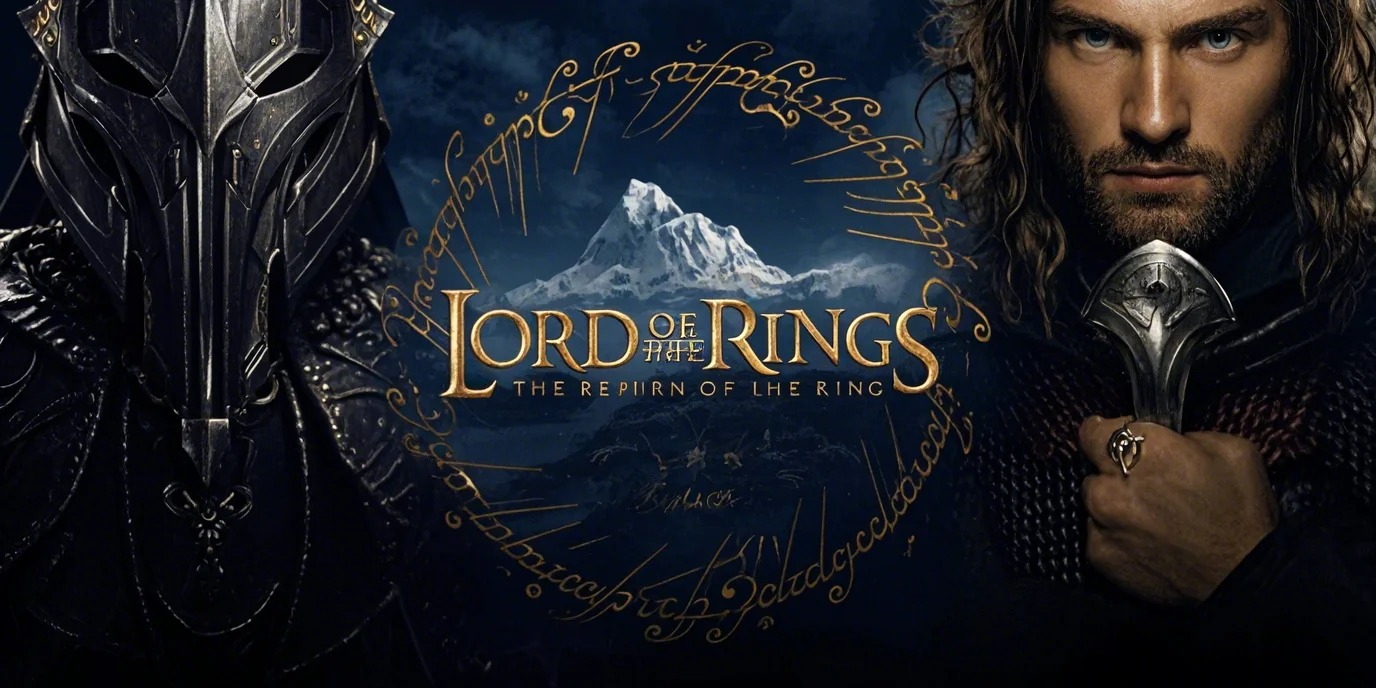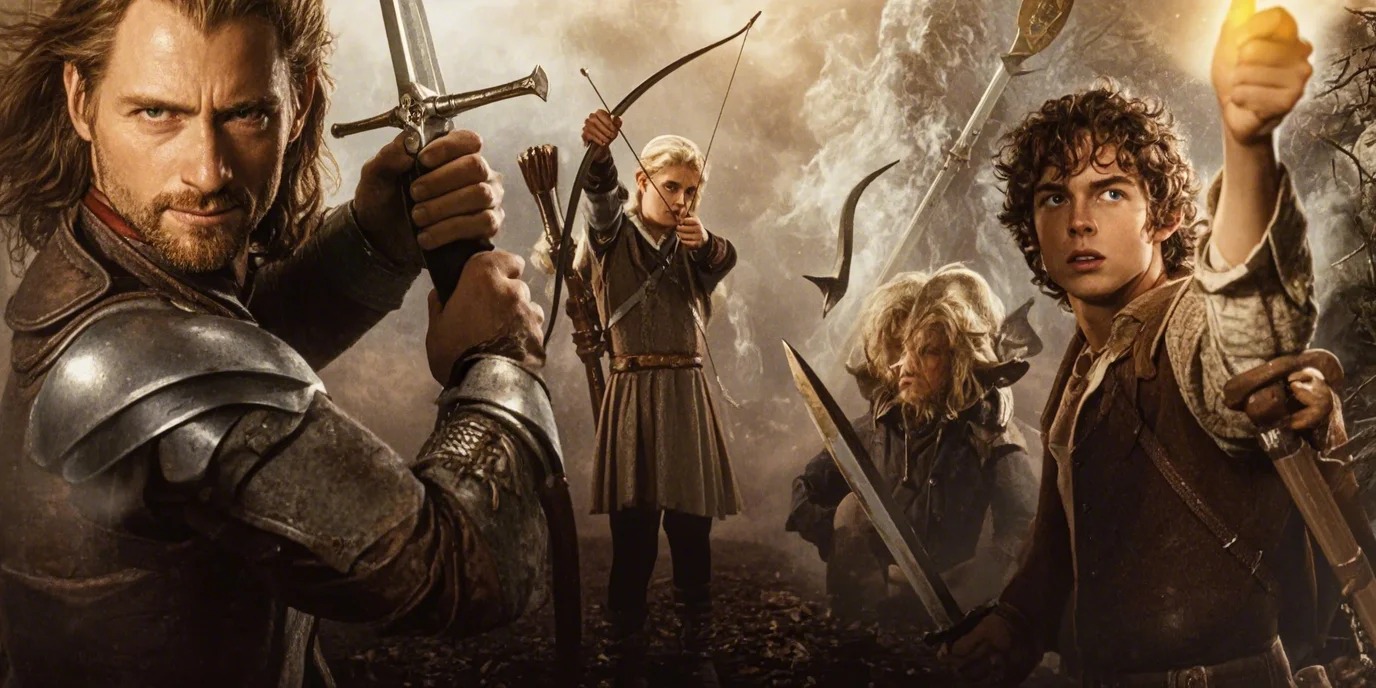In “The Lord of the Rings: The Return of the King” (2003), the story reaches its climactic end as Frodo and Sam, guided by the treacherous Gollum, push deeper into Mordor to destroy the One Ring in the fires of Mount Doom. The burden of the Ring grows heavier on Frodo, warping his mind and exhausting his spirit, while Gollum’s manipulation drives a wedge between him and Sam, leaving Frodo vulnerable to betrayal.

Meanwhile, Aragorn, Legolas, and Gimli travel with Gandalf, Éowyn, and the people of Rohan to Gondor’s capital, Minas Tirith, where they prepare for the coming war against Sauron’s forces. Sauron unleashes a massive army on Gondor, and in the Battle of Pelennor Fields, Éowyn and Merry defeat the Witch-king, while Aragorn arrives with the Army of the Dead, turning the tide in favor of the Free Peoples of Middle-earth. In the face of overwhelming darkness, Aragorn finally accepts his role as king and rallies the armies of men to march on the Black Gate as a last, desperate attempt to distract Sauron and give Frodo a chance.

As Frodo reaches Mount Doom, he succumbs to the Ring’s power and claims it for himself. Gollum, however, attacks him and, in the struggle, bites the Ring from Frodo’s finger, only to fall into the fire, destroying the Ring and Sauron’s power along with it. With Sauron defeated, Aragorn is crowned king and marries Arwen, bringing peace to Gondor.

The hobbits return to the Shire, forever changed by their journey. In a bittersweet ending, Frodo, scarred by his experience, departs Middle-earth with Gandalf, Bilbo, and the elves, leaving Sam, Merry, and Pippin to carry on his legacy. The film closes with Sam’s new life as he builds a family, signaling a new beginning for Middle-earth as the age of men begins.